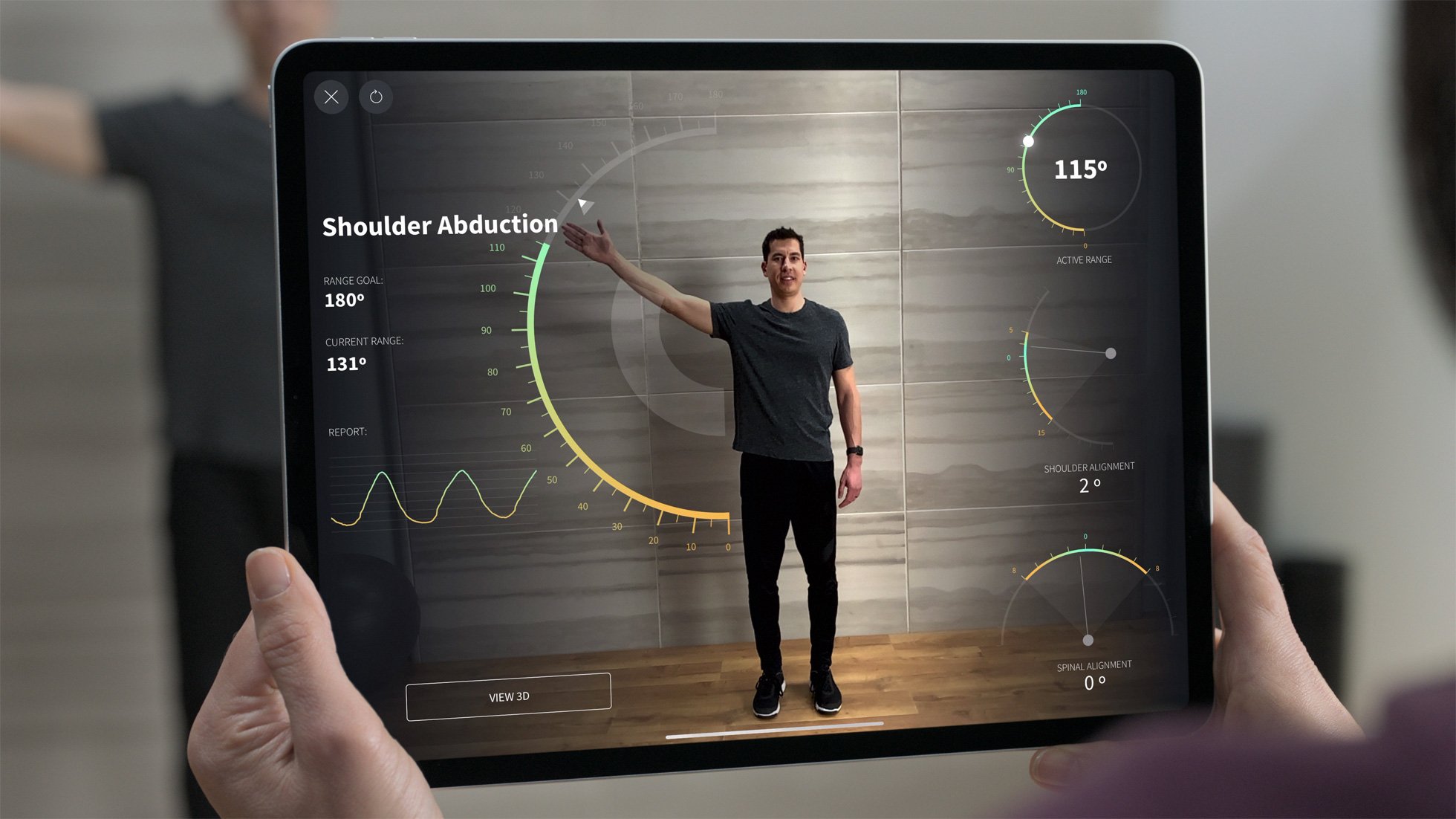What's the 'Z' in the iPad Pro's new A12Z processor chip?

Each new Apple device typically introduces a new chip, which determines CPU performance. The iPhone 11 series, for example, comes with an A13 Bionic chip with a third-generation Neural Engine. Looking ahead, the "iPhone 12" lineup will almost certainly include some sort of "A14" chip and so forth.
Apple's iPads have typically shipped with some variance of the chip found on the most recent iPhone, but not always. For example, the current iPad Pro lineup comes with an A12Z Bionic chip, just as the now-discontinued 10.5-inch iPad Pro came with an A10X Fusion chip. The present iPad Air 3 and seventh-generation iPad, by contrast, comes with the A12 Bionic chip with Neural Engine and A10 Fusion chip, respectively.
What does the Z mean?
Until the arrival of the A12Z Bionic chip in this year's second-generation 11-inch iPad Pro and fourth-generation 12.9-inch iPad Pro, Apple used an "X" as the extra letter on chips for some iPads.
To date, Apple has released six mobile chips with an X at the end of the name. The first, the A5X, was manufactured by Samsung and launched on the iPad 3 in 2012. This X chip was followed by the:
- A6X, launched in 2012, on the iPad with Retina display, manufactured by Samsung
- A8X, 2014, iPad Air 2, TSMC
- A9X, 2015, 9.7-inch iPad Pro, 12.9-inch iPad Pro, TSMC
- A10X Fusion, 2017, 10.5-inch iPad Pro, 12.9-inch iPad Pro (second-generation), TSMC
- A12X Bionic, 2018, 11-inch iPad Pro, 12.9-inch iPad Pro (third-generation), TSMC
The differences

Not surprisingly, chips get better with each new release. When a new Z/X chip arrives, technology experts typically compare it to not only the previous Z/X chip but also to the regularly named chip found in the most current iPhone. For example, the A12Z will likely get compared to both the A13 Bionic chip and the A12X chip (found on the 2018 iPad Pro models).
A12Z Bionic versus A12X Bionic versus A13 Bionic
The A12Z Bionic chip with an 8-core graphics processor found on the 2020 iPad Pros promises to outpace most PC laptops available today in terms of speed. This means better performance and realism for apps and games. How the A12Z Bionic chip specifically compares to the A12X Bionic and A13 Bionic won't be known until outside testing gets performed. When it does, we'll update this post.
Meanwhile, the A12X provides 35 percent faster single-core CPU performance and a 90 percent faster multi-core CUP performance compared to the A10X. Like the A12, it includes a neural engine, which allows it to perform up to 5 trillion operations per second.
iMore offers spot-on advice and guidance from our team of experts, with decades of Apple device experience to lean on. Learn more with iMore!
A5X versus A5 chip
Apple said the A5X had twice the graphics performance of the A5 found on the iPad 2, iPhone 4s, iPod touch (fifth-generation), Apple TV (third-generation), and iPad mini. The A5X's memory interface is double the size of the one found in the A5 and includes a memory interface subsystem with four 32-bit wide LP-DDR2 memory controllers. These were designed especially for the new iPad's Retina display.
A8X versus A8
The Apple A8X was the first X chip not manufactured by Samsung. Instead, it became the first of many made by TSMC. Featuring a more powerful CPU compared to the A8, the A8X contained 3 billion transistors. With 100 MHz and an additional core, the chip performed 13 percent better than the previous model. Like previous X chips, the A8X contained external RAM modules; in this case, a 2GB.
The A8 was featured on the iPhone 6 and iPhone 6 Plus and is the oldest chip the company is still producing.
A9X versus A9
The A9X was the first X chip to feature a motion compressor embedded in it. Compared to the A8X, the A9X had 1.8 times the CPU performance and two times the GPU performance. It offered twice the bandwidth and storage performance of the older model. Unlike the A9 found on the iPhone 6S and iPhone 6S Plus, the A9X doesn't contain an L3 cache because of its significant DRAM bandwidth. The A9X comes with 4GB of memory on the 12.9-inch iPad Pro and 2GB on the 9.7-inch iPad Pro model.
A10X Fusion versus A10 Fusion
The A10X Fusion offers 30 percent faster CPU performance and 40 percent faster GPU performance than the A9X. It offers 4GB of memory on both iPad Pro models. The chip is also found on the Apple TV 4K.
Among similarities, the A10X has the same customized Imagination PowerVR cores found on the A10.
Looking ahead
Because Apple's business revolves significantly around each new iPhone model, it makes sense the latest chips arrive first on the newest handsets. Interestingly, this didn't happen with the 2020 iPad Pros, which include a variance of the A12 Bionic chip, not the A13 Bionic chip. Without outside testing, what this means specifically isn't yet know.
Stay tuned.

Bryan M. Wolfe has written about technology for over a decade on various websites, including TechRadar, AppAdvice, and many more. Before this, he worked in the technology field across different industries, including healthcare and education. He’s currently iMore’s lead on all things Mac and macOS, although he also loves covering iPhone, iPad, and Apple Watch. Bryan enjoys watching his favorite sports teams, traveling, and driving around his teenage daughter to her latest stage show, audition, or school event in his spare time. He also keeps busy walking his black and white cocker spaniel, Izzy, and trying new coffees and liquid grapes.


